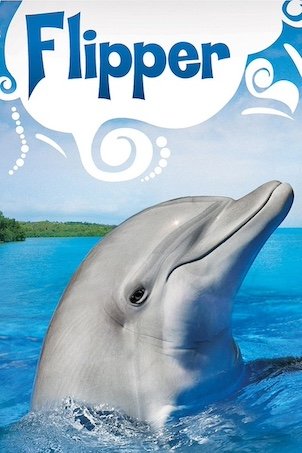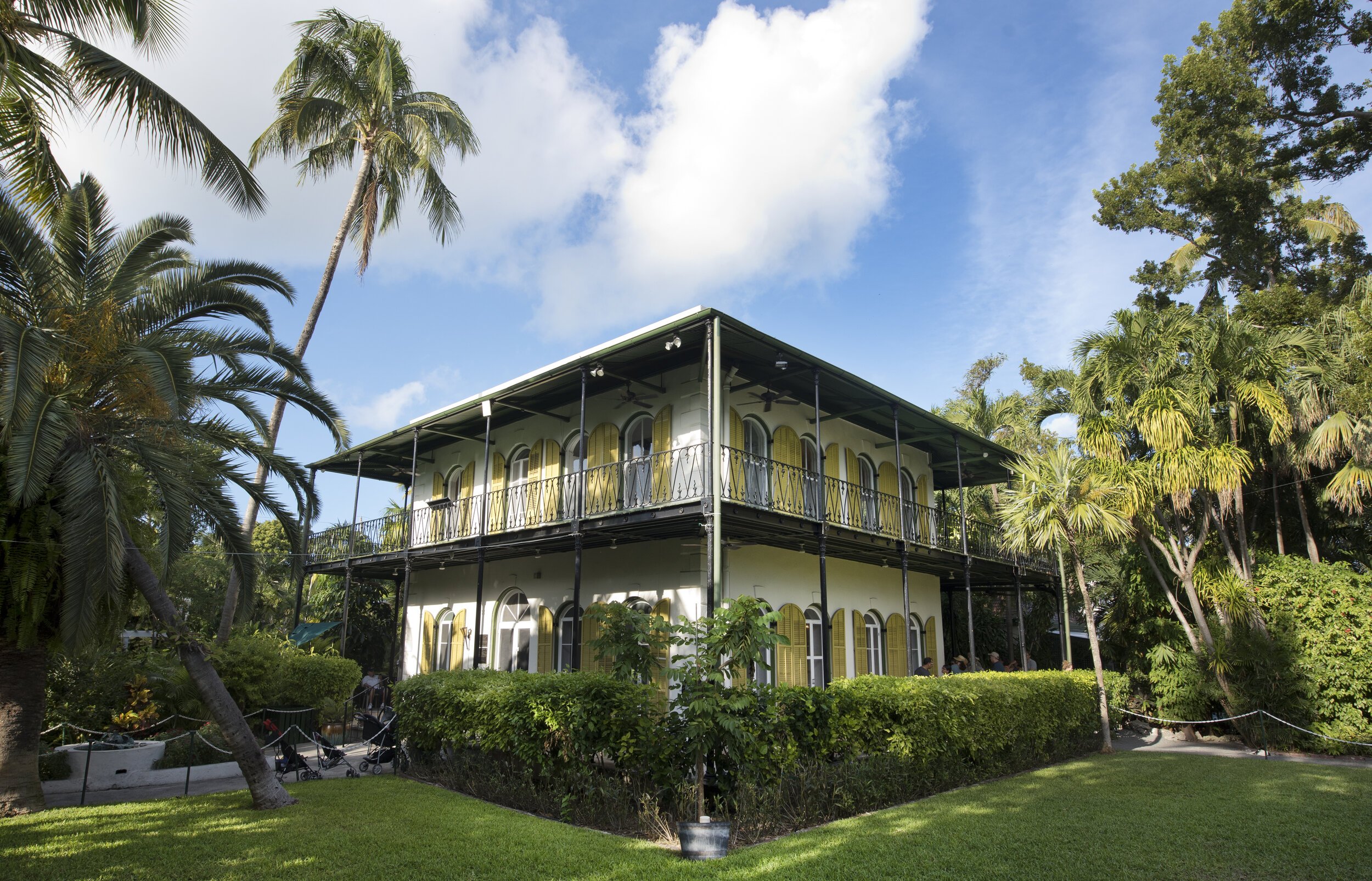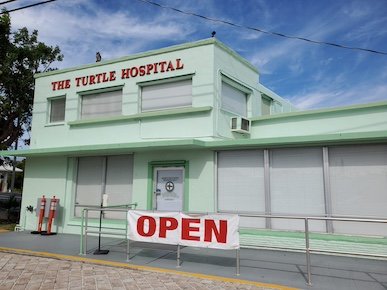Chapter 8: Montel
When I was a kid growing up in Northfield, Ohio in the 1960s, I used to watch a TV program called Flipper. It was about two boys, Sandy and Bud, growing up in Key Largo, Florida. Flipper was their pet dolphin.
Pet dolphin! I wanted to be them. I wanted to live in a place so warm and magical that swimming in the ocean every day and having a dolphin wasn’t a fantasy. I had never been to the Florida Keys, so it became a destination. I wanted to snorkel in Key West and see Hemingway’s home.
Where Hemingway wrote
I was able to, and it was fine. I’m glad I went. The Overseas Highway that connects the Florida mainland to Key West is one off the longest overwater roads in the world. It’s 113 miles long and includes 42 bridges.
While driving southwest with the Atlantic Ocean to my left and the Gulf of Mexico to my right, I kept thinking, How did they do it? They built a road in the ocean! During the Depression! Not long after they started it, all the work was destroyed by a category 5 hurricane. So they built it again!
I don’t know who “they” were but, wow! What an accomplishment. That kind of construction, to me, is unfathomable. Now, nearly a century later, it seems to take forever for even the most modest public works project to be completed.
Nothing special or wonderful happened in Key West. I was lonely. It’s a party place, and that’s not my thing. I gave a homeless woman $20, but she made me feel bad. “Oh, a rich guy,” she said. In some ways, yes, I’m rich. But not so much in the way she meant it.
I had hoped Judy Blume (who lives there) would give me ten minutes of her time to share her vital lesson. The good news was she returned my email. The bad news was she declined. Surprisingly, one of the most famous children’s authors of all time wrote that she wouldn’t know what to say!
When I went snorkeling, but it was choppy. I didn’t see a single dolphin.
But one place made up for all that.
In the middle of the Keys, in the city of Marathon, there is a hospital for ill and injured sea turtles.
I stopped and took a tour. I learned all about the seven kinds of sea turtles (Flatback, Hawksbill, Leatherback, Loggerhead, Kemp’s ridley, Olive ridley, and Green). I saw where veterinarians perform surgeries. I learned that if you rescue a turtle or direct a Turtle Hospital worker to a distressed one, you get to name the turtle you saved.
Most of the turtles are healed and returned to the sea. But some can no longer survive in the wild. So, they live out their lives at the Turtle Hospital. Or they’re sent to a facility, such as a large commercial or nonprofit aquarium, that can care for them.
One of the longest Turtle Hospital residents (since 2001) is Montel.
Montel survived a boat strike, two shark attacks, being trapped in discarded fishing lines, and a tumor that caused her to go blind in her right eye.
But now she’s living her best life! Safe from sharks, ships, and unthinking, unsympathetic humans, Montel spends her days cruising around a huge saltwater pool. Her handlers feed her healthy food and visitors like me shower her with (hospital-approved) snacks.
I’ve heard scientists say that wild animals should be left in the wild. “That’s where they’re happy.”
Are they? Was Montel “happy” in her natural habitat? Or was she, like a lot of people, stressed and struggling, trying to survive. To me, her human made sanctuary seems like a sweet setup. Much better than being smashed into by ships and being hunted by predators.
Wildlife biologists, what do you think? Is returning to the wild always a good thing?
Sign I spotted at the Santa Barbara Zoo
I’m still super affected by the after-the-hurricane sea star story.
Loren’s story is why I save snails and worms. When I see them trying to cross a sidewalk, I’ll pick them up and place them down in grass, dirt, or nearby foliage. I’m pretty sure most people think I’m nuts for doing that, but I can’t help it. I know I’m anthropomorphizing, but I feel like the creatures I save, even if it’s only for a few hours, days, weeks, or months, still enjoy a lovely moment of relief.
How did Montel feel when she was cut free from the fishing lines? Did she in her turtle brain feel, “ahhhhh”?
Seeing an animal suffer upsets me so deeply that the image of it never leaves my mind. It’s so bad that if I need therapy for anything, it’s that. Watching Kihei hurt during her last days turned me into an emotional wreck. I love nature, but when a nature documentary portrays a predator/prey encounter, I look away. I never want the hunter to “succeed,” but when the prey gets away, I feel bad for the predator, too.
A question I like to ask, because the response reveals so much about the responder is, “What’s your vision of heaven?”
My heaven would be a place where all animals (including us) could coexist. Not hurt each other. Or, literally or metaphorically, eat each other.
I felt better about the world after I visited the Turtle Hospital. For it to exist, there have to be a whole lot of talented, determined, and compassionate people who care about animals as much as I do. It comforts me to know that there are people who can’t bear to see an animal suffer — and are doing something about it.
People such as Turtle Hospital founder, Richie Moretti, and Tricialyn who shared Montel’s story.
Lessons from Montel
* If we can be resilient, there’s a chance that — with help — we can thrive. There’s no guarantee, but if we can hang in there, there’s a chance that better times are on the horizon. Nobody taught Montel resiliency. It’s in her. It’s in us. No matter how hard life gets, animals naturally strive to survive. So should we. So can we. Because we’re animals, too.
* When it comes to even our most private anxieties and emotional struggles, we’re probably not the only ones experiencing them. It helps to divulge them. To talk about them. (It helped me to write about them here.) And we’re definitely not alone with regard to our charitable interests. When I’m around others who share my concerns and sympathies, it’s comforting and spirit-magnifying. I bet it is (or will be) for you, too.









